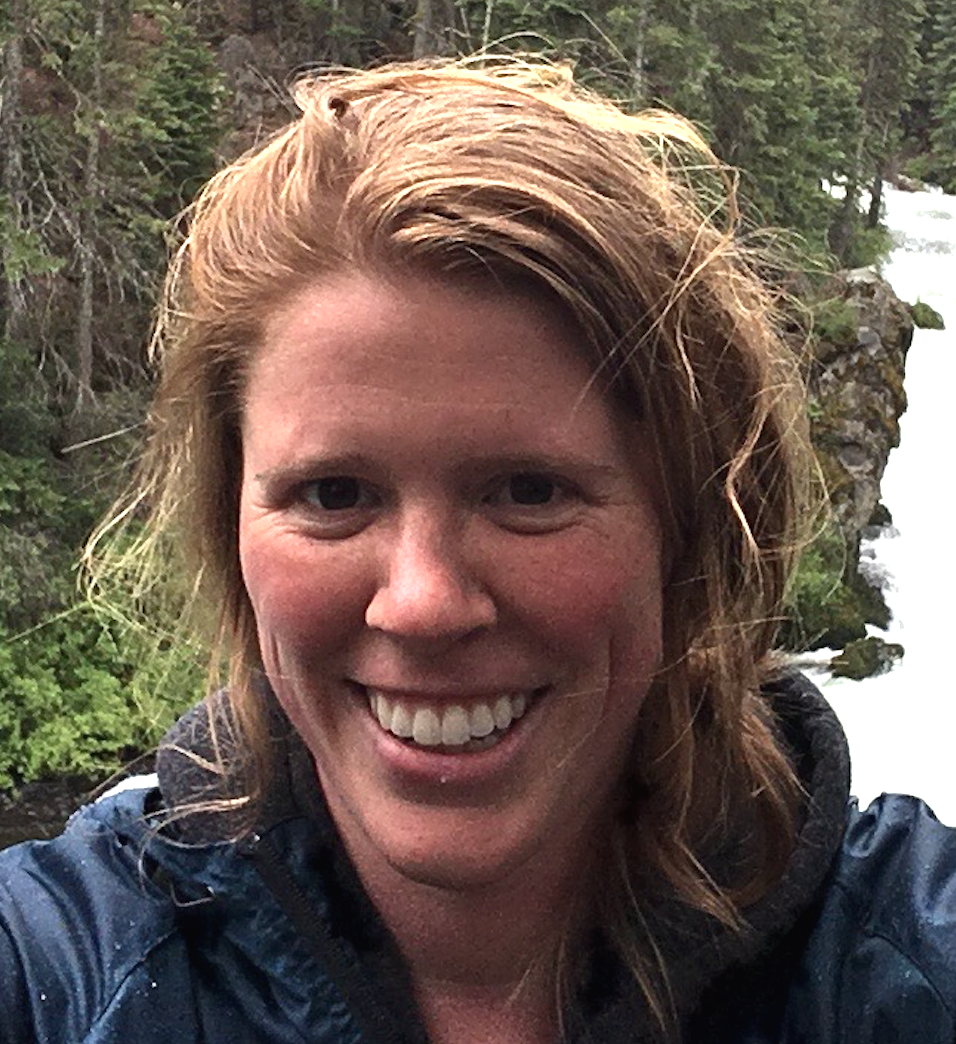Science and Mathematics
Physics Colloquium: Discovery and Design of Emergent Behavior in Soft Materials
February 3, 2022 at 3:30pm – 5:00pm EST
Virtual (See event details)
This event has already occurred. The information may no longer be valid.

The Department of Physics is pleased to welcome Dr. Erin Teich for a virtual colloquia presentation. Dr. Erin Teich is a Postdoctoral Researcher in the Complex Systems Lab at University of Pennsylvania with a special interest in structural organization in the human brain, and applying the soft matter physicist’s toolkit to characterize white matter architecture.
This is a virtual colloquium. Please contact phyadmin@syr.edu for the link.
Abstract
Nature organizes itself with often startling complexity at every length scale accessible to human inquiry, resulting in a range of organic and inorganic materials with emergent and varied structural and dynamical properties. An outstanding current goal of materials science is to harness the often subtle self-organization displayed by Nature in order to design materials with tailor-made functionalities in the laboratory. This talk will focus on efforts, in support of that goal, to understand how local structure and rules give rise to global behavior in soft materials on the nano- and micro-scales. I will primarily discuss systems of colloidal particles with very short-range interactions, where local structure emerges entirely due to entropic considerations. We found that in these systems, local structure can determine whether materials crystallize or fail to do so entirely [1], tune relaxation behavior in the glass-forming regime [2], and give rise to crystallization pathways of varying complexity [3,4]. I will also discuss amorphous and jammed colloidal systems, where local structure arises initially due to sample preparation, and subsequently influences rearrangement dynamics and material memory effects under oscillatory shear [5]. Finally, I will briefly discuss recent work characterizing local microstructure in the biological context of the human brain, and potential applications related to better understanding brain development, aging, and disease [6]. This work collectively demonstrates the enormous impact of simple local rules on complex global behavior in material and biological systems, and points toward exciting future directions related to the design of those behaviors.
[1] E.G. Teich, G. van Anders, and S.C. Glotzer, Nature Communications 10, 64 (2019).
[2] E.G. Teich, G. van Anders, and S.C. Glotzer, Soft Matter 17, 600 (2021).
[3] E.G. Teich, G. van Anders, D. Klotsa, J. Dshemuchadse, and S.C. Glotzer, Proc. Natl. Acad. Sci. USA 113, E669 (2016).
[4] S. Lee, E.G. Teich, M. Engel, and S.C. Glotzer, Proc. Natl. Acad. Sci. USA 116, 14843 (2019).
[5] E.G. Teich, K.L. Galloway, P.E. Arratia, and D.S. Bassett, Science Advances 7, eabe3392 (2021).
[6] E.G. Teich, M. Cieslak, B. Giesbrecht, J.M. Vettel, S.T. Grafton, T.D. Satterthwaite, and D.S. Bassett, New Journal of Physics 23, 073047 (2021).
This event was published on January 25, 2022.
Event Details
- Category
- Science and Mathematics
- Type
- Talks
- Region
- Virtual
- Open to
- Alumni,
- Faculty,
- Graduate & Professional Students
- Contact
- Cassandra Ellis
phyadmin@syr.edu
3154433901
- Accessibility
- Contact Cassandra Ellis to request accommodations
